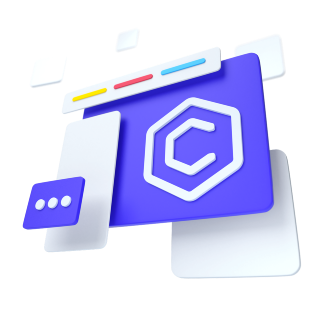
We use a large block of connected links for our pagination, making links hard to miss and easily scalable—all while providing large hit areas. Pagination is built with list HTML elements so screen readers can announce the number of available links. Use a wrapping <nav> element to identify it as a navigation section to screen readers and other assistive technologies.
In addition, as pages likely have more than one such navigation section, it's advisable to provide a descriptive aria-label for the <nav> to reflect its purpose. For example, if the pagination component is used to navigate between a set of search results, an appropriate label could be aria-label="Search results pages".
Looking to use an icon or symbol in place of text for some pagination links? Be sure to provide proper screen reader support with aria attributes.
Pagination links are customizable for different circumstances. Use disabled for links that appear un-clickable and .active to indicate the current page.
While the disabled prop uses pointer-events: none to try to disable the link functionality of <a>s, that CSS property is not yet standardized and doesn'taccount for keyboard navigation. As such, we always add tabindex="-1" on disabled links and use custom JavaScript to fully disable their functionality.
Fancy larger or smaller pagination? Add size="lg" or size="sm" for additional sizes.